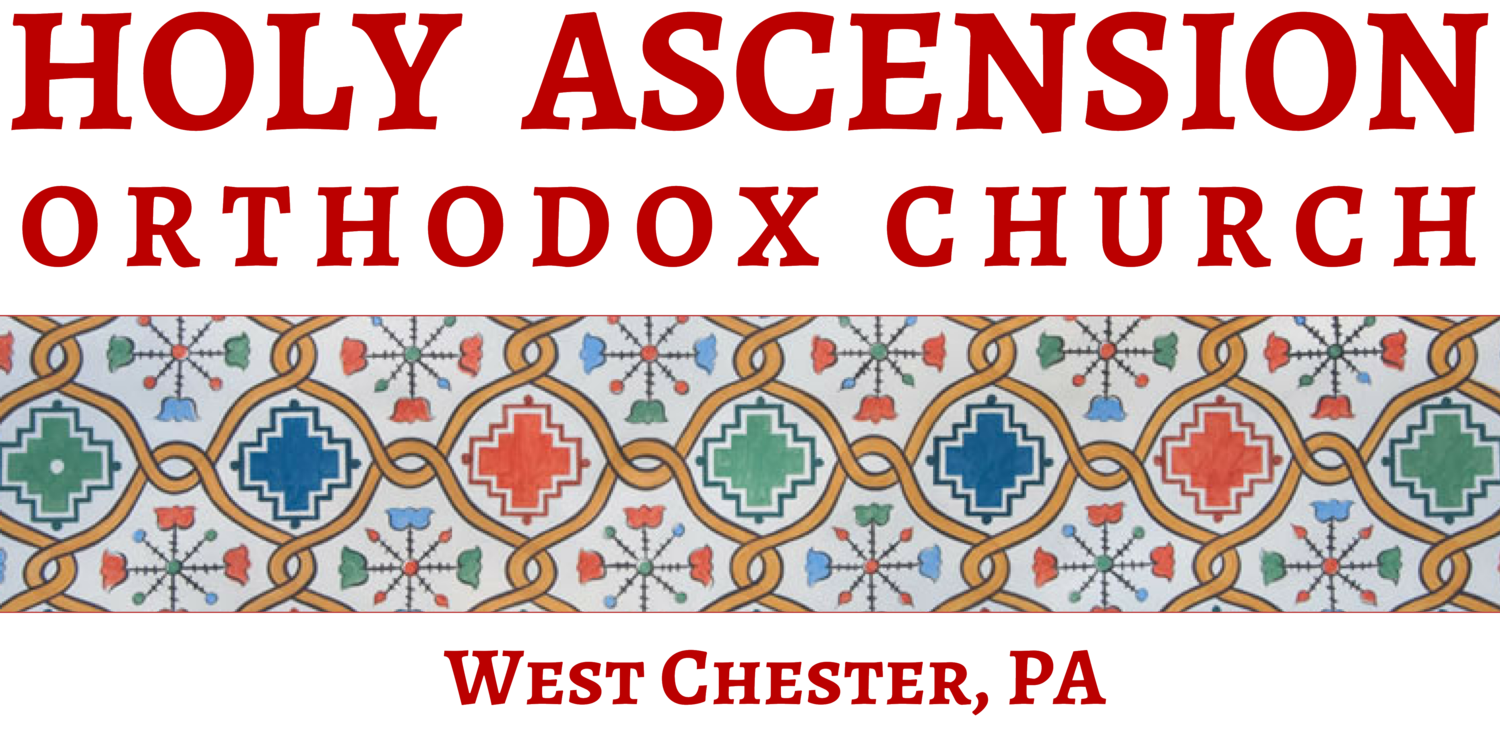Church Etiquette
One of the most important duties that we each have as worshippers is to do all that is in our power to see that a proper decorum and atmosphere is maintained so that we are able to pray sincerely, peacefully, and meaningfully. Upon entering the Church, at all times, but especially during services, an individual should remember that he or she is in the House of God. Reverence and good manners are required so as not to disturb those who are already engaged in prayer, and even more importantly, as an expression of sincere faith and awareness of the presence of the Lord.
General Suggestions
The Church kindly asks all to refrain from chewing gum, eat, drink coffee or using mobile devices during the service (phone, text or email) and please to switch them to silent upon entering the Narthex. Also, please refrain from unnecessary conversation, even in the Narthex. Should small children need a break, please be courteous and have them taken to the Narthex or Nursery/Kindergarten Room downstairs, only to return to the Nave when they are settled.
Proper Attire
Coming to the House of God, and presenting ourselves for worship the Holy Trinity is not a casual affair. The Church encourages congregants and visitors to dress modestly, and to dress appropriately with their “Sunday best." For men, we encourage wearing at least casual business attire. For women, we encourage covering the shoulders and refraining from skirt lengths above the knee. Ladies, please blot lipstick before venerating icons, receiving communion, kissing the cross, or kissing the priest’s hand.
Arriving Punctually
Please arrive at Church before each service begins. If you arrive after the Divine Liturgy begins, try to enter the Church quietly and observe what is happening. Try not to interrupt the Liturgy by your entrance, or enter into conversations in the Narthex.
Movement During Services
There are several parts of the service during which no one should be moving about. One basic rule to follow is that whenever the Priest is facing the people or is standing outside of the altar, either with the censer or giving the blessing, everyone who is able should stand wherever they are. These parts of the service are:
The Procession of the Clergy and Altar Servers with the Gospel
The reading of the Epistle and Gospel
The Cherubic Hymn and the Great Procession of the Clergy and Altar Servers with the Holy Gifts
The recitation of the Nicene Creed (in which the entire congregation should participate
After the exclamation “The Doors the doors…” and the prayers of the consecration of the Holy Gifts
The Lord’s Prayer
Holy Communion
The Dismissal Prayer
Any special services (memorial services, processions, etc.)
Lighting Candles
Lighting candles is an important part of Orthodox worship. We light them as we pray, making an offering to accompany our prayers. We typically light candles when coming into the Church. There are times, though, when candles should not be lit – please see the list above for these most holy portions of the Divine Liturgy. If in doubt, a church usher is available to guide you. For a detailed explanation of why we light candles, please see the following from St. Nikolai Velimirovich: Why Are Vigil Lamps Lit Before Icons.
